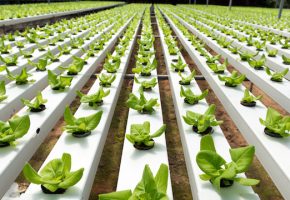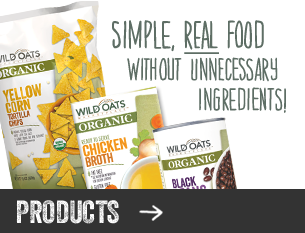Kimchee – what I call one of the world’s healthiest foods — is a dish that only someone very experienced in its preparation can make.
It’s also something that just about anyone can whip up.
If I’ve confused you, let me explain. And then I want you to get going chopping some bok choy!
Because I’ve discovered a super-easy recipe that includes a secret ingredient that will have your kimchee tasting like a master chef made it.
Kimchee is a beloved Korean side dish made up of napa cabbage, bok choy, daikon radishes, scallions and spices. Just about every Korean family has its own special recipe — some methods for preparation can date back hundreds of years. And each one has its own unique flavor and “hot” scale rating.
In traditional kimchee-making, the ingredients are even buried in earthen containers to enhance fermentation. Because true “classic” kimchee is a fermented food – just as sauerkraut, yogurt and pickles are.
Fermentation is basically the production of “good” or beneficial bacteria (which beats out the pathogens, or bad ones). Foods were fermented long before refrigeration came along, since it is also a method of preservation. And while there’s a whole new movement of “home” fermenting, it’s something that has a bit of a learning curve to it.
Which brings me back to my recipe – one that doesn’t ferment the veggies, but will still give you a highly nutritious and tasty side dish that goes really well with a whole bunch of other foods.
So here’s my quick and easy kimchee recipe, which has been successfully taste-tested on a professional chef (one who worked in Hawaii and knows how “real” kimchee should taste).
It may look like it has a lot of ingredients, but it’s really simple, basically softened cabbage that’s flavored with spices.
- 2 heads of napa cabbage
- 1 head of bok choy
- If you can find them: 2 or 3 daikon radishes, sliced into thin strips (they look like white carrots)
- 6 scallions, sliced at an angle
- 2 or 3 cloves of garlic, finely chopped
- 1 teaspoon minced fresh ginger
- One-half to 1 teaspoon crushed dried hot red chilie peppers (I used an organic crushed red pepper from the spice aisle, which was not as “hot” as the real thing would be).
- 1 teaspoon sugar
- Secret ingredient: 2 tablespoons Worcestershire sauce (Note: this is not something you’ll find in any traditional Korean kimchee recipe. But because of the anchovies and unique flavor of this condiment, it’s an easy way to add some “real” kimchee taste to your dish).
- Kosher salt for soaking the cabbage
Cut the cabbage and bok choy into pieces of about an inch or so. In a big bowl (the biggest one you have), dissolve 3 tablespoons of kosher salt in a cup or so of water.
Put all the cut cabbage and bok choy into the bowl with the salted water. Mix it around and then add more water just to cover it all. Then refrigerate it overnight. The salt water softens the cabbage and allows it to soak up the spices later.
After soaking for 8 to 10 hours in the fridge, drain it and rinse the veggies well to get off any extra salt. Rinse any salt residue out of that really big bowl.
Mix the garlic, ginger, sugar, chilies and Worcestershire together and add that to the rinsed cabbage, bok choy, scallions and daikon that’s back in your big bowl. Mix it well and portion into small “canning” jars. Cover and put in the fridge for at least two days for all the flavors to combine before serving.
Serve with rice, noodles, fish, and salads, or just as a really tasty and healthy side dish.


 Contact us
Contact us





